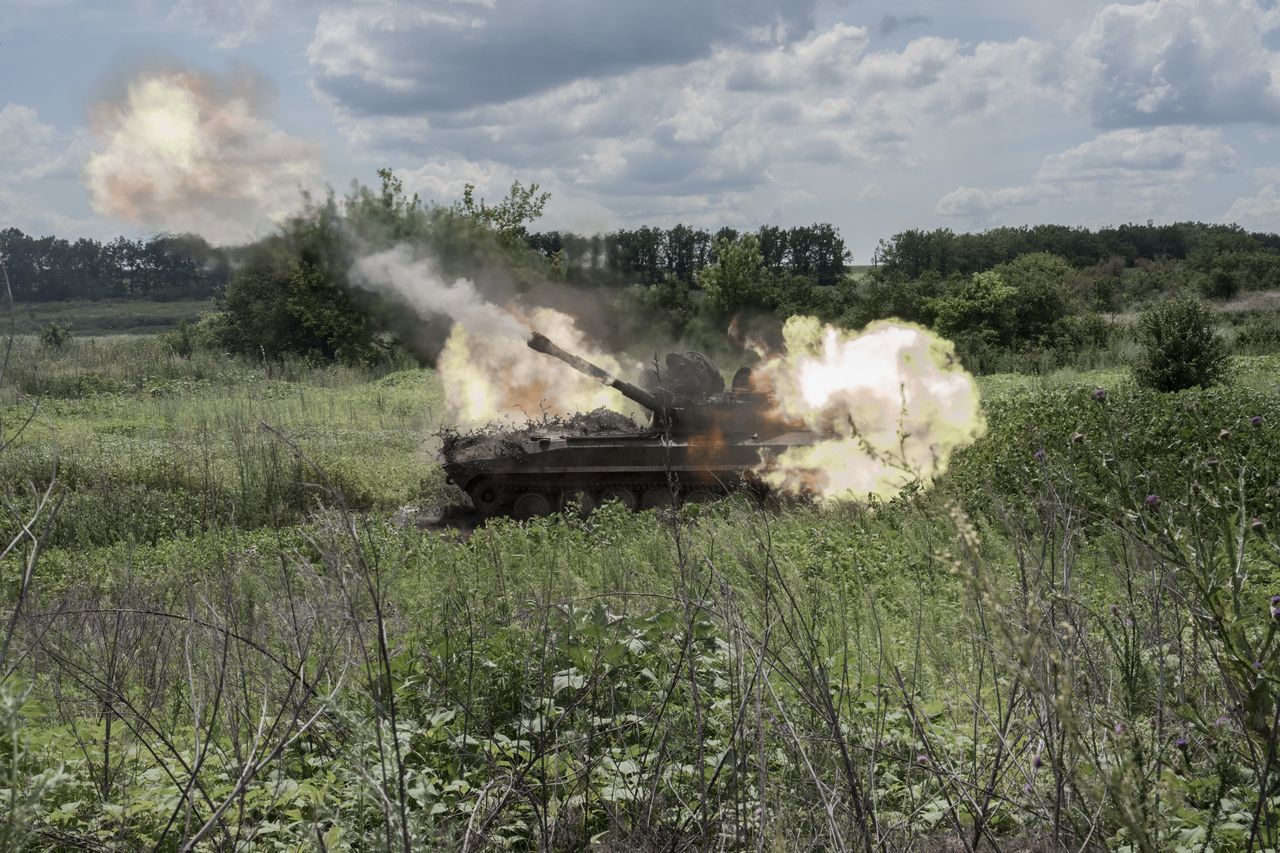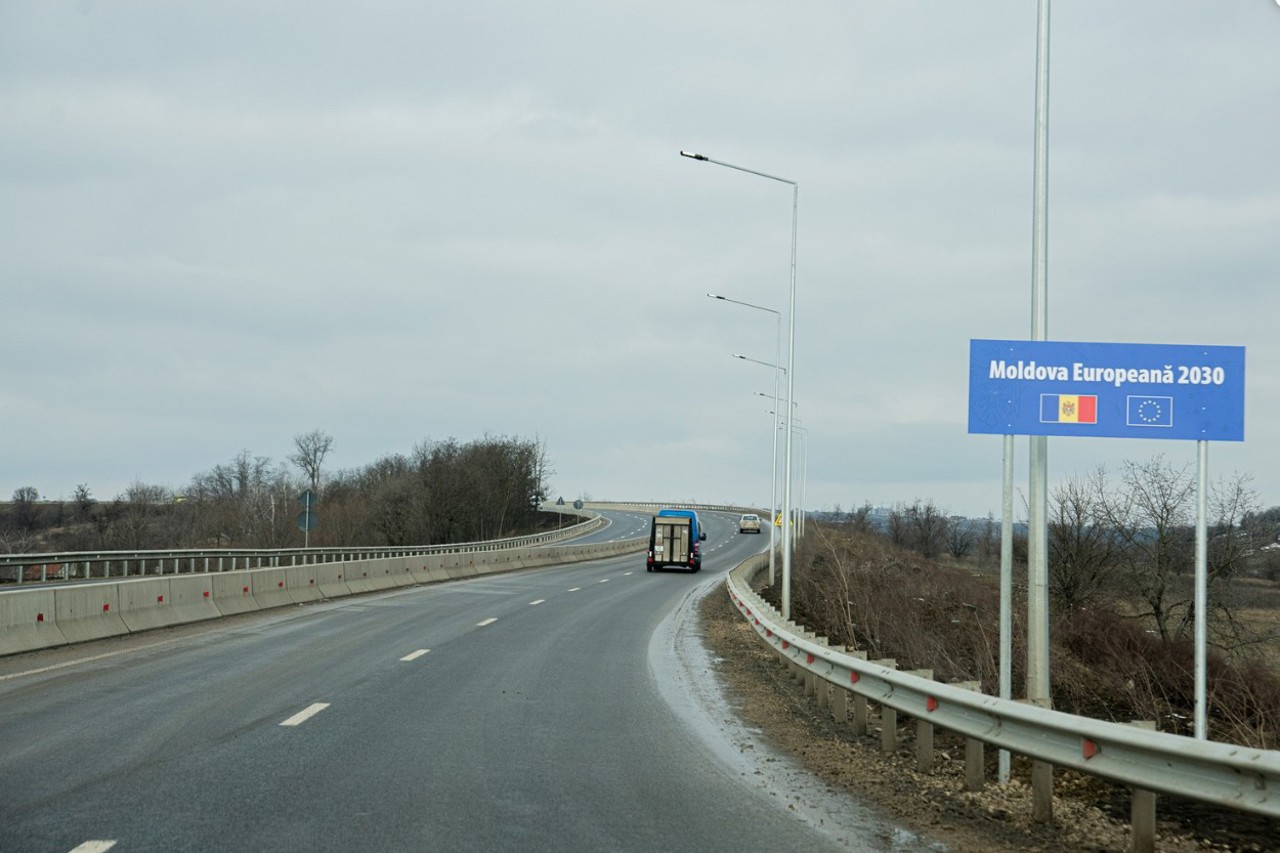Wall Street Journal analysis: Without munitions and airpower, Ukraine's counter-offensive is on the verge of stalling
When the Ukrainian military launched the long-awaited spring counteroffensive (which was launched more like summer), NATO military leaders were aware that Kiev's troops did not have enough weapons or well-trained soldiers to succeed in driving the Russians out of Ukraine, according to a Wall Street Journal (WSI) analysis. Instead, Western strategists hoped that the fate of the battle would be decided by "the courage and resourcefulness of the Ukrainians." Except that hasn't happened, and the Ukrainian counteroffensive risks reaching a stalemate.

Any attempt by Ukrainian troops to advance decisively or break through the front has so far been stopped by the minefields and fortification lines that the Russians have been building and putting in place since last autumn. Another important role in stopping the Ukrainian advance has been played by the Russian air force.
"The 'good news' is that Russian troops are not doing too well either: they continue to face supply problems, while morale is currently low due to exhaustion.
For these reasons, according to Ukrainian and Western intelligence estimates, the Russian army does not seem able to regain the initiative on the battlefield and succeed in attacking Ukrainian positions.
However, Russian troops remain strong and numerous enough to keep intact a defence line several hundred kilometres long, with fortification systems deep underground and a large number of aircraft to keep the Ukrainian attackers at bay, Digi24.ro reports.
The longer the counteroffensive drags on, the more the US and EU stockpiles of munitions dwindle. The West is struggling to supply Ukraine with the large amount of ammunition it will need for a prolonged counter-offensive against Russia.
The drop in howitzers fired comes as the Ukrainians begin to win outright duels with Russian artillery: for every Ukrainian cannon destroyed, the Russians lose four. At the moment, according to CNN, the Ukrainian army is firing 2-3,000 shells a day. By comparison, in November 2022, the Ukrainian army was firing between 6-7,000 shells a day. Basically, the Ukrainian army is now firing 2-3 times fewer shells compared to last year.
The Ukrainians also had to launch the attack without air superiority and without consistent support from their own air force. In addition, Ukrainian troops have a limited number of air defence systems - mostly used to defend Kiev, cities and Ukraine's critical infrastructure). Thus, in the absence of an air defence 'bubble', the Ukrainian military is much more exposed to air strikes and especially kamikaze drones (which the Russians also use as a 'counter-battery' weapon - to hit Ukrainian long-range artillery).
According to Digi24.ro, so far only the 47th, 33rd and 21st brigades have been identified in the counter-offensive. The 47th Brigade also suffered heavy losses in the first days of the offensive, when it lost Leopard 2 tanks and 17 Bradley armoured vehicles. In total, 38 Bradley armoured vehicles were destroyed, damaged or abandoned, out of nearly 100 delivered by the US, according to the website Oryx, which specialises in aggregating and publishing photos and videos of military equipment destroyed in Ukraine.






